Advertisement
Big savings achieved with smarter use of nitroprusside, isoproterenol

Last month Cleveland Clinic researchers made news by publishing an analysis in the New England Journal of Medicine (NEJM) showing that recent dramatic price increases for two critical inpatient heart medications resulted in significant declines in these drugs’ utilization across a wide sample of U.S. hospitals.
Advertisement
Cleveland Clinic is a non-profit academic medical center. Advertising on our site helps support our mission. We do not endorse non-Cleveland Clinic products or services. Policy
Now those same researchers have followed up that analysis with evidence that hospitals and providers can actually do something about it. They have reported on the NEJM Catalyst website a study showing that a Cleveland Clinic-developed strategy substantially reduced the negative financial impact of the price increases for the two drugs — nitroprusside and isoproterenol — by curbing their utilization at Cleveland Clinic while protecting appropriate use.
“We believe our strategy can be implemented for other medications that have undergone large price increases,” says lead author Umesh N. Khot, MD, Vice Chairman of Cardiovascular Medicine at Cleveland Clinic. “And this strategy is transferable to other healthcare systems that want to manage rising pharmaceutical costs.”
The strategy was developed in response to a 30-fold rise in the price of nitroprusside between 2012 and 2015 and an almost 70-fold spike in the price of isoproterenol during the same period. Both medications are given intravenously for treatment of various common but critical cardiovascular indications in hospitalized patients. Neither is available in generic form, and neither has any direct therapeutic equivalent agents.
“As a 1,400-bed tertiary care center, we are one of the nation’s highest utilizers of nitroprusside and isoproterenol,” says co-author Michael Militello, PharmD, a clinical cardiology pharmacist at Cleveland Clinic. “So we needed to mitigate the financial impact of these price increases. But instead of removing these drugs from our formulary, we aimed to develop a strategy to allow us to identify and protect their appropriate utilization while avoiding waste and promoting appropriate alternative therapies.”
Advertisement
So leadership of Cleveland Clinic’s Miller Family Heart & Vascular Institute and Department of Pharmacy called for a review of nitroprusside and isoproterenol use from three angles:
The review was conducted by a team of pharmacists, physicians and administrators from across the enterprise. Common indications were identified for each drug, along with therapeutic alternatives for certain indications (no direct therapeutic substitution options were available). Specific steps were also identified to reduce waste. Recommendations from the review were developed into a strategy involving new protocols for use of the medications on the floors and in ICU settings.
The key measures of interest were absolute and relative cost savings on the two medications for 2014-2015. These were calculated using actual and projected costs for 2014-2015, with projected values modeled on the basis of 2012-2013 utilization patterns and average wholesale acquisition costs. (See the NEJM Catalyst article for details.)
The researchers found that the new strategy led to the following in 2014-2015:
Clinical outcomes were monitored via regular feedback from pharmacists and physicians as well as safety event reporting systems. No major safety or clinical outcome issues were noted. “Detailed comparative studies of clinical outcomes associated with the therapeutic alternatives are underway,” notes Dr. Khot.
Advertisement
“Implementation of this strategy by an interdisciplinary team of pharmacists and physicians was highly successful in curbing the use of nitroprusside and isoproterenol and thereby limiting the financial impact of their major price increases,” says Lars Svensson, MD, PhD, Chair of the Heart & Vascular Institute. “The resulting cost savings helps protect our ability to provide other vital clinical services.”
For other healthcare organizations interested in pursuing a similar strategy, Dr. Khot says there are a few prerequisites for success, including support from pharmacy and physician leadership and the existence of feedback mechanisms for ensuring accountability once the strategy is implemented. “It’s also essential to understand the clinical use of medications within your organization and to develop metrics to monitor their use,” he observes. “Spotting areas of waste is key too, as is an openness to identifying therapeutic alternatives that might be different from those in your past experience.”
Advertisement
Advertisement

Excessive dynamic airway collapse presenting as dyspnea and exercise intolerance in a 67-year-old
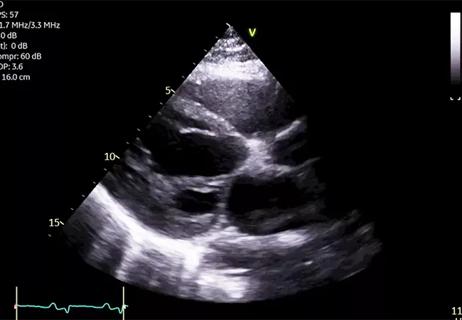
Young man saved multiple times by rapid collaborative response
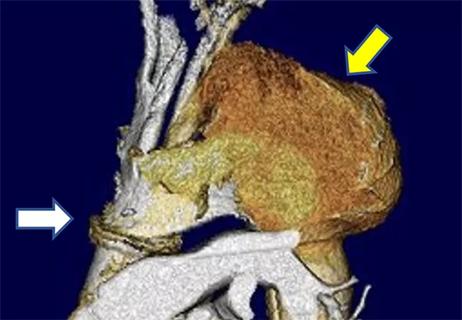
Necessity breeds innovation when patient doesn’t qualify for standard treatment or trials

After optimized medical and device therapy, is there a role for endocardial-epicardial VT ablation?
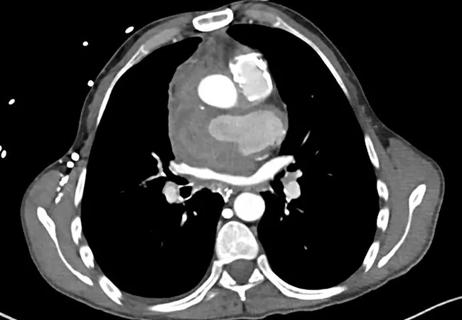
Fever and aortic root bleeding two decades post-Ross procedure

How to time the interventions, and how to manage anesthesia risks?
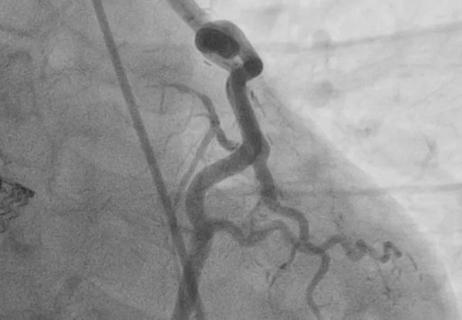
A potentially definitive repair in a young woman with multiple prior surgeries
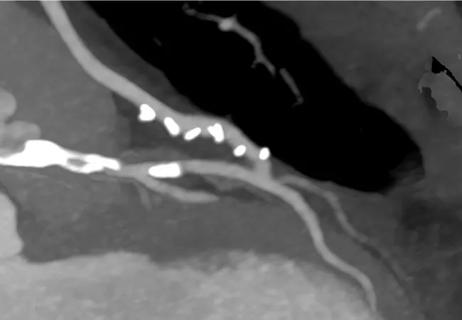
Matching the minimally invasive CABG alternative to the right candidates